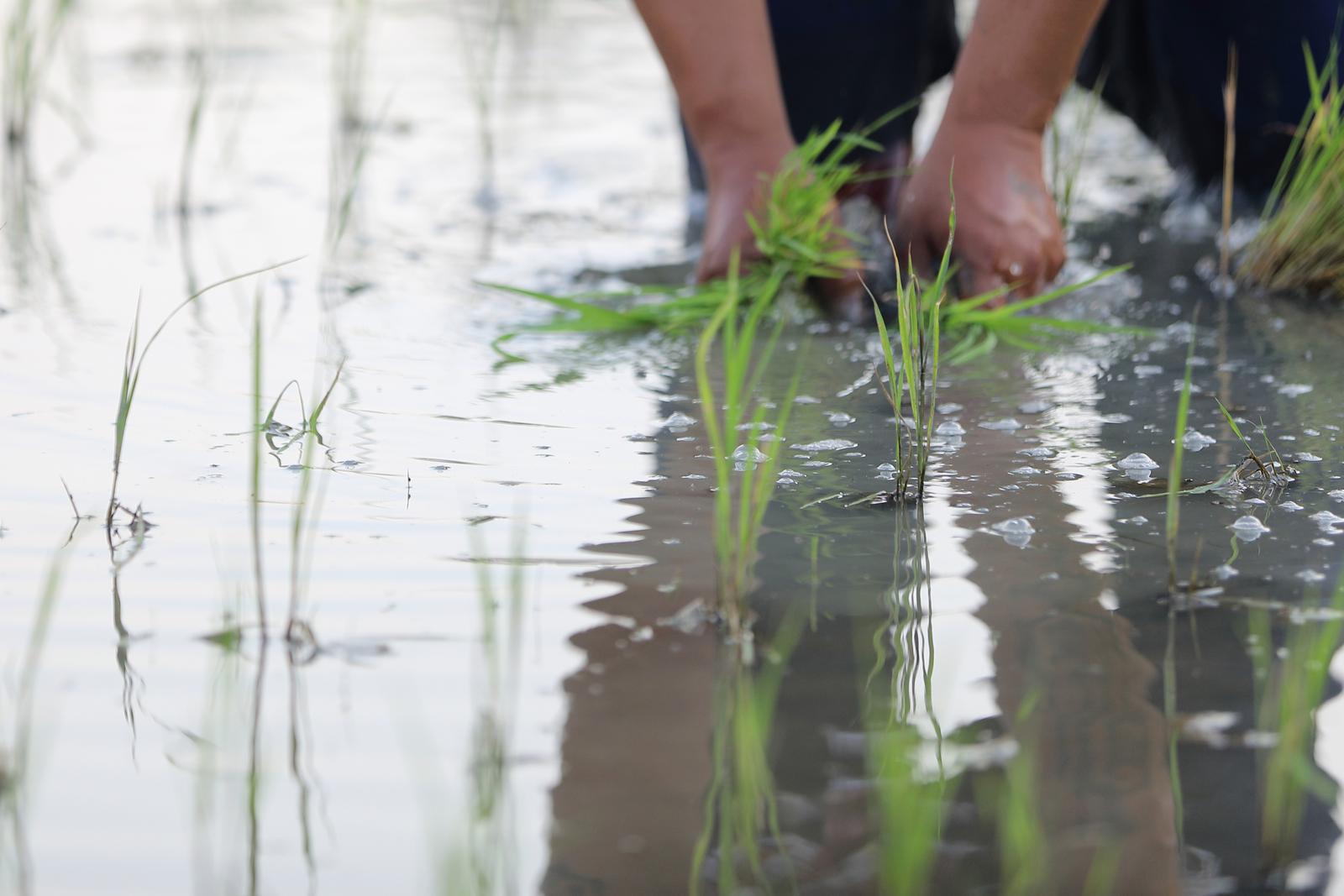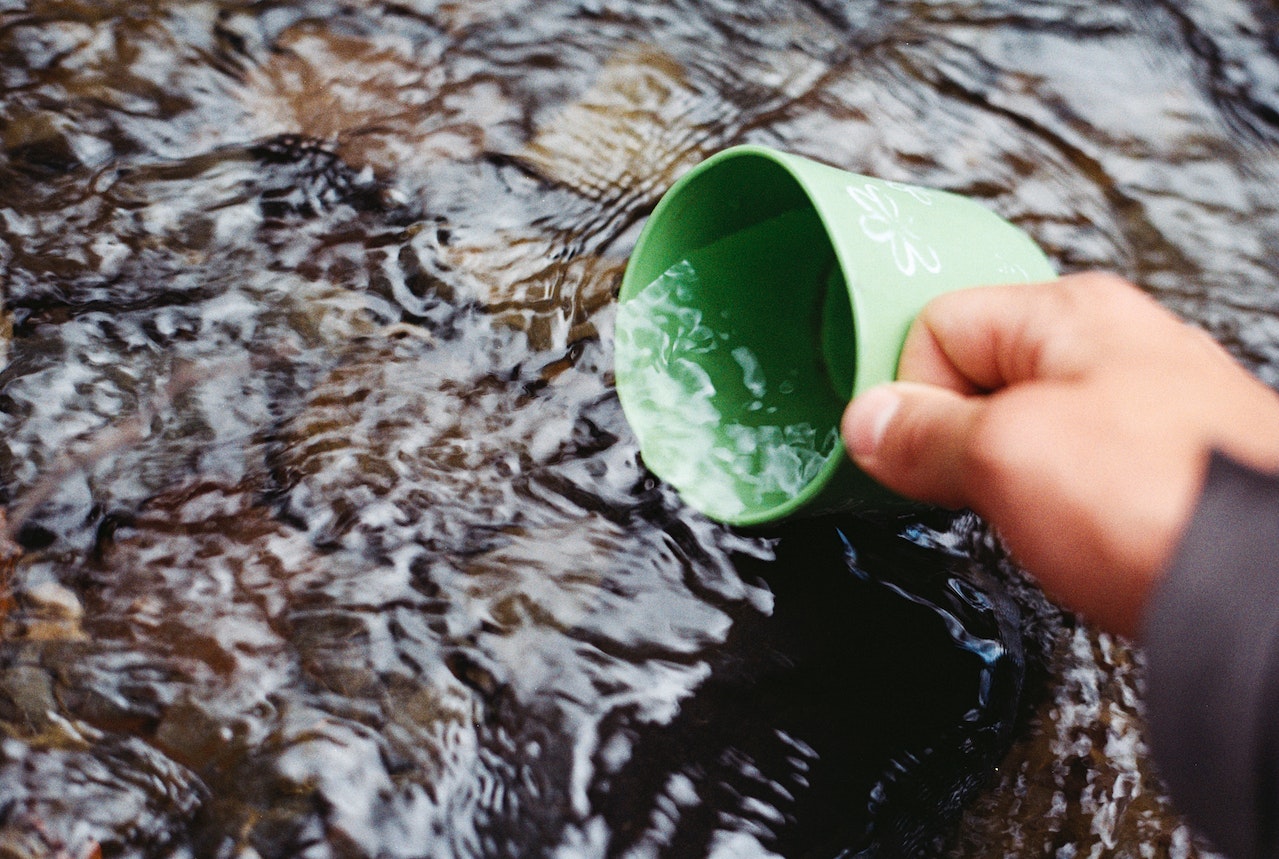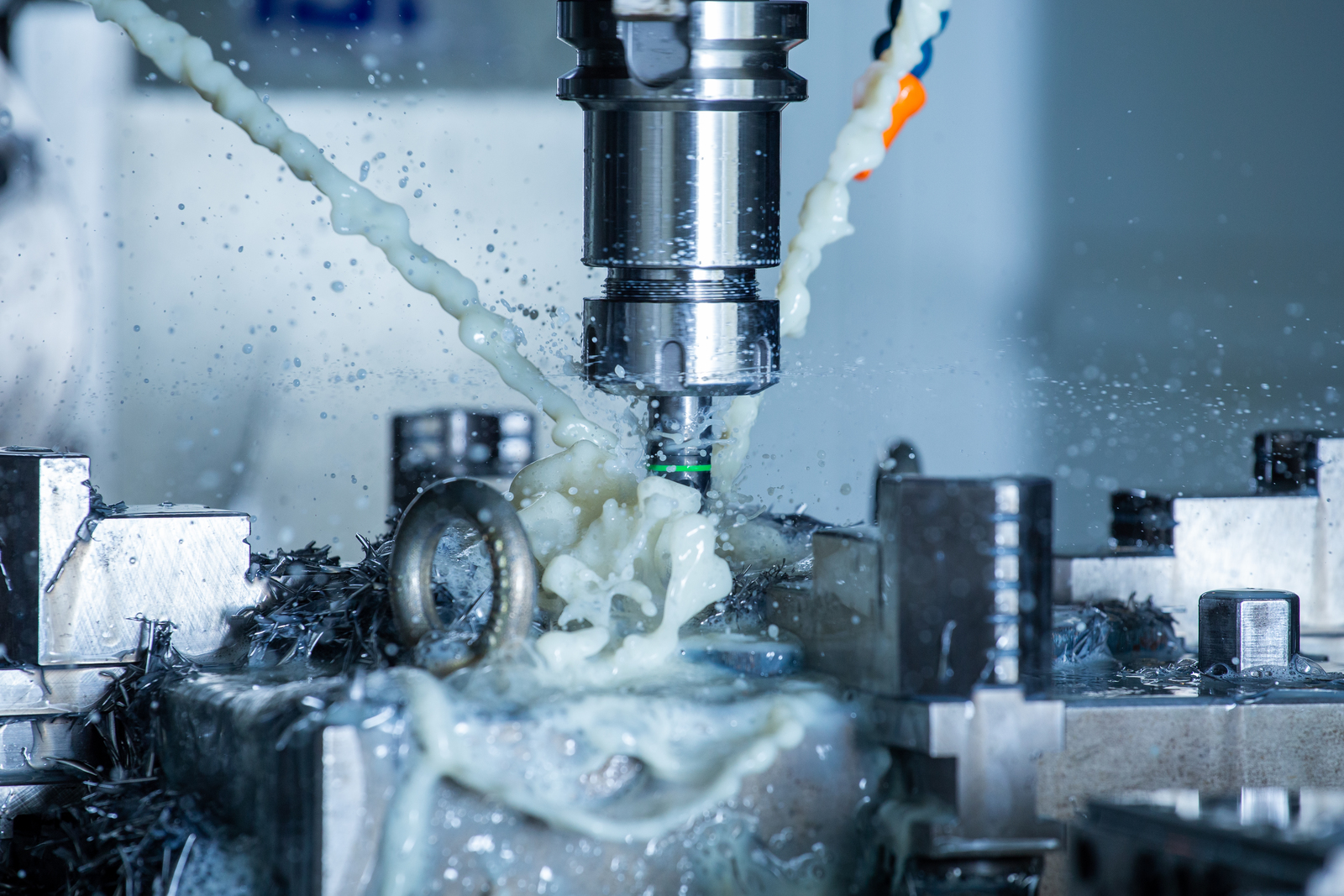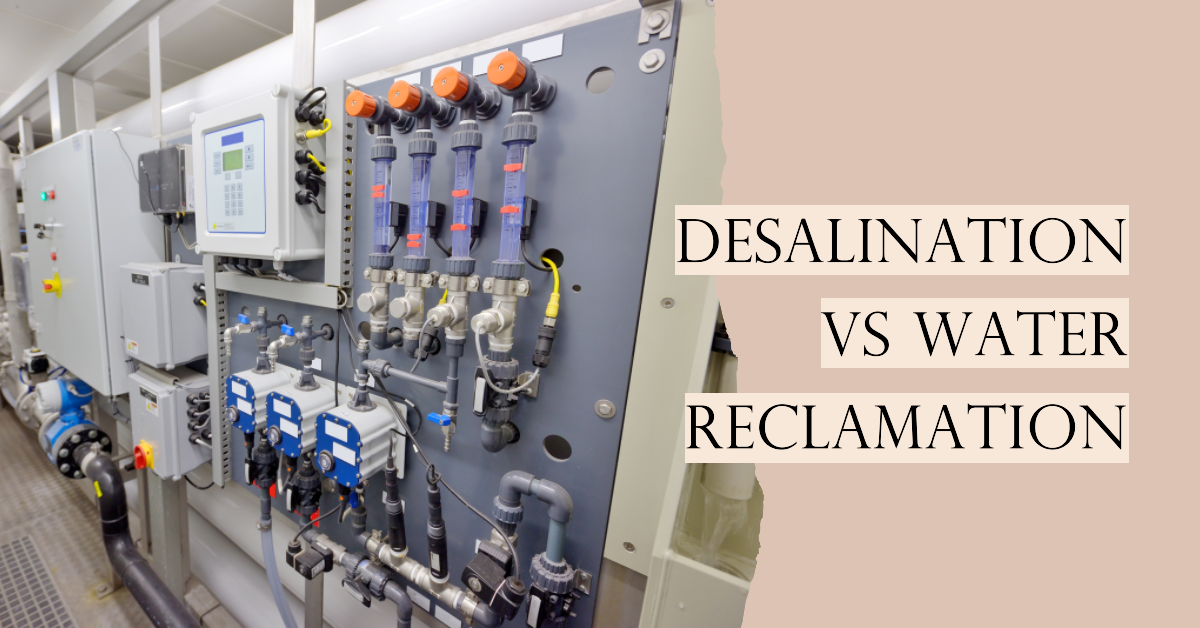Walk into any home and the flush of a toilet or turn of a faucet instantly brings water gushing out for our daily needs. We cook, clean, drink and bathe barely giving a thought to the precious water flowing freely from our taps. But have you ever wondered which human activity gulps down the most water worldwide?
It’s agriculture – by massive margins. Growing crops and raising livestock accounts for a staggering 70% of global freshwater use, far outpacing other water needs. As world population explodes, our insatiable demand for food and agricultural products is draining Earth’s rivers, lakes and aquifers at alarming rates.
Join me as we investigate why agriculture has become the thirstiest human activity on the planet and how we can reduce its massive water footprint.
Down on the Farm: Why Agriculture Needs So Much Water
Imagine towering stalks of corn swaying under pivot irrigation systems. Or endless acres of soybeans and wheat stretching to the horizon. Now envision the vast volumes of water needed to support these rain-fed and irrigated crops.
Most of our calories come from staple crops like rice, wheat, corn, soybeans and hay. But it takes unbelievable amounts of water to grow them all.
- Producing just 1 lb of wheat takes around 100 gallons of water.
- 1 lb of rice guzzles down approximately 400 gallons.
- A juicy watermelon can require 100 gallons of irrigation.
- Those delicious almonds? A single nut needs over 5 gallons of water to grow!
But the biggest water-hog is hay and alfalfa forage for cattle. 1 lb of hay needs around 125 gallons of water. With over 50 million beef cattle in the US, you can imagine how much water goes just for their feed crops.
And let’s not forget the water needs of chickens, pigs, dairy cows and other livestock we rely on for meat, milk and eggs. When you add it all up: Agriculture accounts for 80-90% of US freshwater withdrawals!
Running Dry: The Hidden Water Costs of Common Foods
We often don’t realize the tremendous water demands lurking behind everyday foods filling our fridges and pantries. But researchers have now calculated the eye-popping water footprints of many common items. For example:
- 1 cup of coffee takes 140 liters (37 gallons) of water to produce.
- Making 1 liter of beer consumes 74 liters (20 gallons) of water.
- That juicy 150 gram beef burger needs 2,400 liters (634 gallons) of water from farm to bun.
- A small chocolate bar uses 17,000 liters (4,500 gallons) for cacao farming and processing.
- 1 large pizza requires 1,260 liters (333 gallons) of water.
The bottomline? Any human activity related to agriculture and food production guzzles down vast amounts of freshwater. As populations grow and diets become more water-intensive, we’re exhausting global water supplies at frightening rates.
Where’s the Water Going? Understanding Agricultural Use
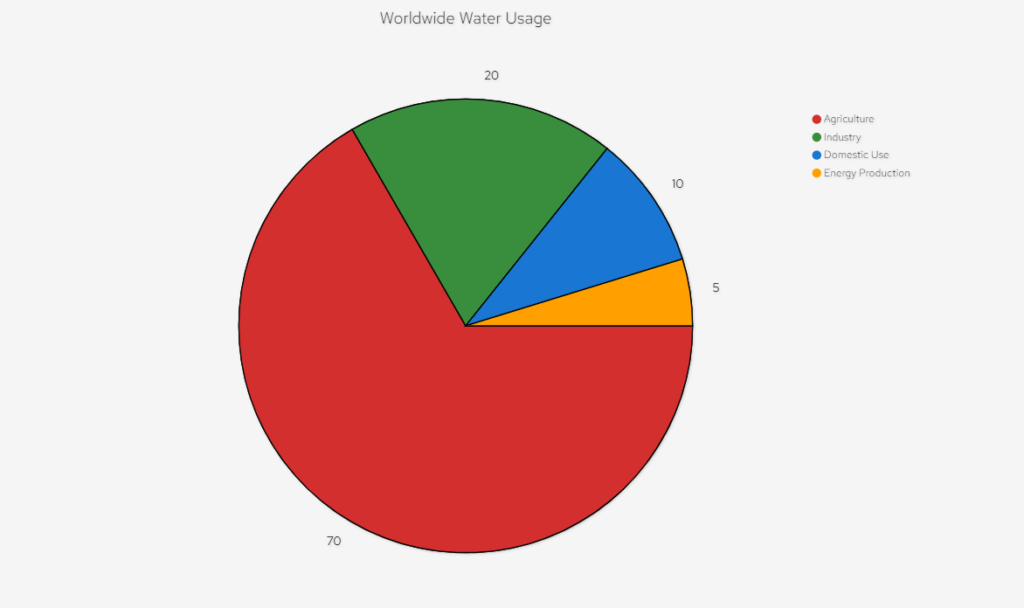
Now that we know agriculture is by far the thirstiest human activity, where exactly is all this water going? There are two major destinations:
1. Irrigating Crops
Irrigation makes up the bulk of agricultural water use, accounting for ~80-90% in many countries. Vast irrigation networks channel water from rivers, lakes and aquifers to hydrate croplands.
Most irrigation water gets absorbed by plants or evaporates, but excess runoff also returns to surface waters. In the US, irrigation averages 2-6 acre-feet of water per acre per year.
Flood irrigation is the cheapest method but wastes a lot of water. More efficient sprinkler and drip irrigation use 30-50% less water for the same crops. But the high costs limit wider adoption.
2. Watering Livestock
It takes serious volumes of water just to raise livestock for meat, dairy and eggs. Cattle can drink up to 30 gallons per animal daily. Plus huge amounts go into producing livestock feed crops like hay, silage and alfalfa.
Cleaning barns, watering animals, and processing meat and dairy also consume large water volumes. All told, ~9% of agricultural water in the US goes toward livestock production.
Why Agriculture Needs to Reduce its Massive Water Use
With the UN predicting a 40% global water deficit by 2030, there are urgent reasons why agriculture must slash its gigantic water footprint:
- Feeding Billions: World population will likely hit 10 billion by 2050. Feeding all those mouths will require boosting food production by an estimated 50 percent – consuming vastly more water for irrigation, livestock and processing.
- Water Scarcity: Over 2 billion people already suffer water shortages for at least 1 month per year. Depleting aquifers and reduced rainfall from climate change threatens global food security.
- Droughts: Increased drought frequency dries up surface waters needed for agriculture. Droughts devastate crop yields – for example, the 2012-2017 California drought caused $3.8 billion in agricultural losses.
- Water Pollution: Agricultural runoff of sediments, fertilizers and animal wastes pollute rivers, lakes and coastal regions. High animal densities also pollute groundwater.
Clearly, agriculture must find ways to sustainably boost production using far less water. Otherwise, we risk an existential global water crisis.
Water-Smart Agriculture: How to Grow More Crops with Less Water
The good news is, many solutions can help reduce the gigantic agricultural water footprint. For example:
Adopt Precision Irrigation Strategies
- Drip and sprinkler systems use 30-50% less water than traditional flood irrigation. Although expensive, government subsidies can accelerate adoption.
- Moisture sensors and irrigation automation allows precise watering based on actual crop needs, preventing excess wastage.
- Irrigating at night reduces evaporation losses by up to 30%.
Farm Drought-Tolerant Crops
- Many millets, sorghums and pulses need very little water and thrive on rainfall alone. Replacing rice and wheat with these hardy dryland crops slashes irrigation needs.
- Hydroponics and greenhouse agriculture can grow water-intensive crops like tomatoes using ~10% of conventional water inputs.
- Switching from thirsty almonds, cotton and hay to lower water-demand fruits, grains and vegetables saves irrigation water.
Improve Livestock and Manure Management
- Rotational grazing strategies better utilize pasture grasses reducing hay/alfalfa irrigation requirements.
- Using biogas digesters to capture methane from manure provides energy and also conserves water.
- Composting solid manures or applying them as mulch retains moisture in soils for crops.
- Housing chickens in free-range coops cuts water for cleaning large barns.
Adopt Agroecology and Permaculture Principles
- Focusing on soil health through compost, organic matter additions and minimal tilling boosts water absorption and retention.
- Integrating trees, diverse crops and livestock mimics natural ecosystems with optimized water and nutrient cycling.
- Rainwater harvesting using rooftop catchments and contour berms efficiently directs rainfall into the soil.
Individual Actions to Reduce Agricultural Water Use
While large-scale strategies are critical, individuals can also help shrink agriculture’s giant water footprint through their daily choices:
- Eat less meat and dairy – Reducing consumption of these water-intensive foods decreases the massive volumes used for livestock. Going vegan just 1 day a week saves 1460 gallons of water!
- Cut food waste – About 30% of food produced gets lost or wasted. So finishing your plate saves all the water used for growing that uneaten food.
- Buy local in-season produce – Imported fruits and vegetables need more water for long-distance shipping. Buying local in-season produce saves irrigation and transport water.
- Support water-wise farmers – Seek out brands that have implemented water-efficient irrigation, drought-tolerant crops and sustainable growing practices.
- Grow your own food – Even small home vegetable gardens or herb pots avoid imported grocery store produce grown with intensive irrigation.
Our everyday food choices and agriculture policies have huge ramifications for global water sustainability. With mounting water shortages, reforming the world’s thirstiest human activity – agriculture – is an urgent priority for the future of humankind and our planet.
The responsibility rests on all of us – farmers, policymakers and consumers – to cultivate water-smart solutions that can sustainably nourish 10 billion people in the coming decades.
FAQs on What human activity uses the most water worldwide
Q: What human activity uses the most water worldwide?
A: The human activity that uses the most water worldwide is agriculture, specifically irrigation for crops.
Q: What is water withdrawal?
A: Water withdrawal refers to the total amount of water taken from a water source, such as a river or reservoir, for various purposes.
Q: How can I save water at home?
A: There are several ways to save water at home, such as fixing leaky faucets and toilets, taking shorter showers, using a dishwasher or washing machine with full loads, and watering plants during cooler hours of the day.
Q: What is industrial water usage?
A: Industrial water usage refers to the water used in manufacturing processes, cooling systems, and other industrial applications.
Q: What are water resources?
A: Water resources are sources of water that are available for human use, such as rivers, lakes, and groundwater.
Q: How much water is used in the United States?
A: The United States uses about 322 billion gallons of water per day, with about 70 percent of that water being withdrawn for irrigation, thermoelectric power, and public water supply.
Q: What is the largest use of water in the U.S.?
A: The largest use of water in the United States is for thermoelectric power generation, followed by irrigation and public water supply.
Q: What is the water generation?
A: Water generation refers to the process of extracting water from various sources, treating it to make it safe for consumption, and distributing it to consumers.
Q: How is water used in agriculture?
A: Water is used in agriculture for irrigation of crops, providing the necessary water for plant growth and food production.
Q: How can I reduce water usage?
A: You can reduce water usage by being mindful of your water consumption, fixing leaks, using water-saving appliances, and practicing water conservation habits such as turning off the tap while brushing your teeth.
Key Takeaways on What human activity uses the most water worldwide :
- Agriculture accounts for ~70% of global freshwater withdrawals, making it the thirstiest human activity.
- Irrigation for crops makes up ~80% of agricultural water use.
- Livestock production also consumes huge volumes of water for drinking, feed crops and processing.
- With exploding populations, agriculture must slash water use through efficiency and conservation.
- Strategies include precision irrigation, drought-tolerant crops, improved livestock practices and agroecology.
- Individuals can help by reducing food waste, choosing water-wise diets and supporting sustainable farms.
